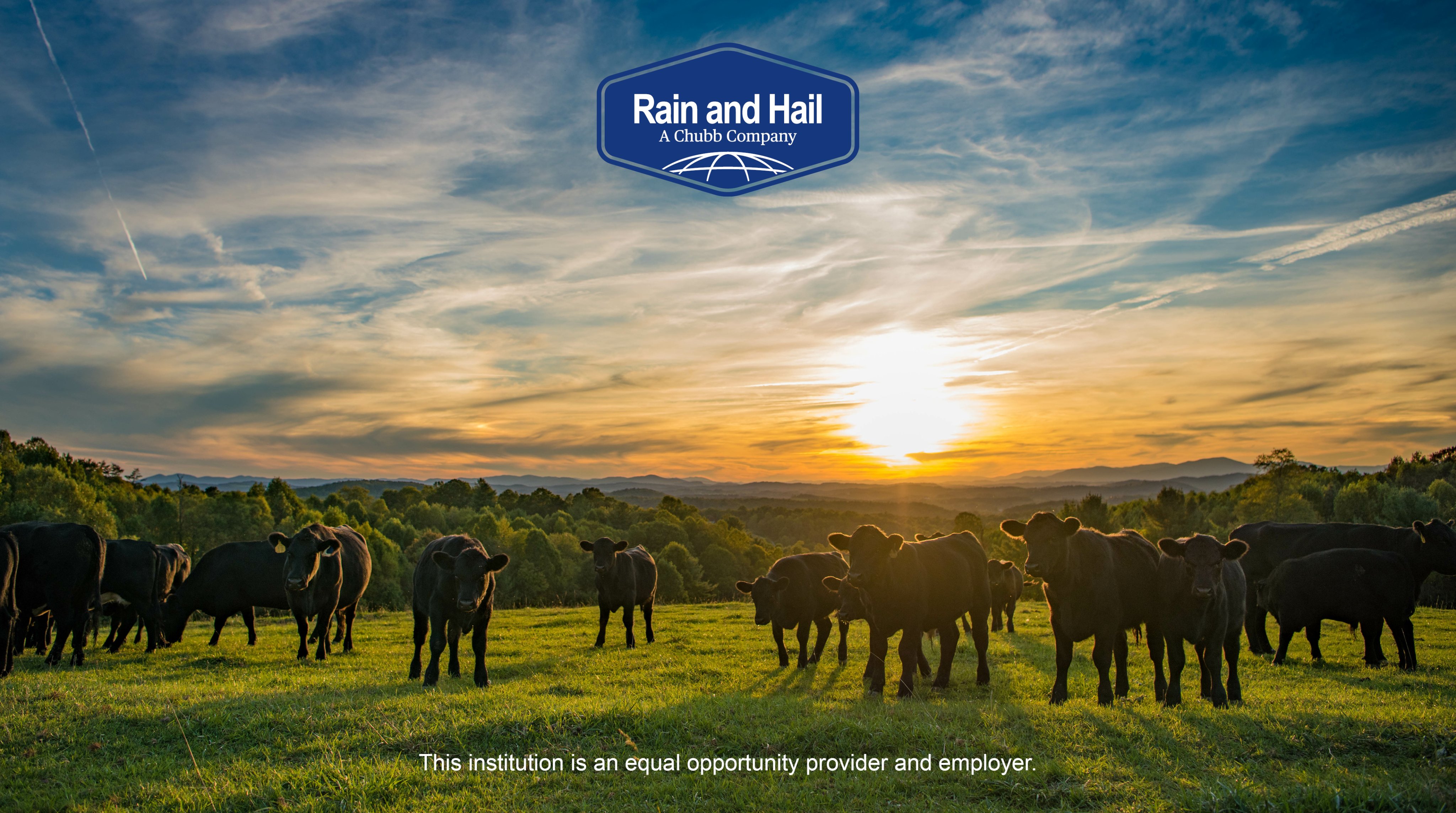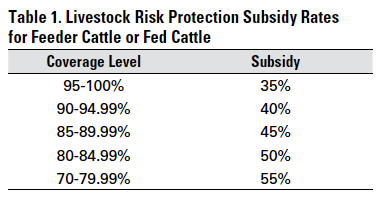Elevate Your Knowledge with Bagley Risk Management
Elevate Your Knowledge with Bagley Risk Management
Blog Article
Understanding Animals Danger Protection (LRP) Insurance Policy: A Comprehensive Overview
Browsing the world of livestock danger protection (LRP) insurance can be an intricate endeavor for many in the farming sector. From exactly how LRP insurance coverage functions to the different insurance coverage choices offered, there is much to uncover in this detailed overview that might possibly shape the means animals producers approach risk management in their companies.

Just How LRP Insurance Policy Works
Sometimes, comprehending the technicians of Animals Threat Defense (LRP) insurance can be intricate, yet damaging down exactly how it functions can provide quality for farmers and ranchers. LRP insurance is a risk administration device developed to protect livestock manufacturers versus unforeseen rate declines. The policy allows producers to set a protection level based on their details demands, picking the number of head, weight range, and protection cost. Once the policy remains in location, if market value drop below the insurance coverage rate, manufacturers can sue for the distinction. It is essential to keep in mind that LRP insurance policy is not an income assurance; rather, it concentrates exclusively on price danger protection. The protection period typically varies from 13 to 52 weeks, supplying flexibility for producers to choose a duration that aligns with their manufacturing cycle. By making use of LRP insurance, farmers and herdsmans can reduce the monetary risks connected with fluctuating market rates, guaranteeing better stability in their procedures.
Eligibility and Protection Options

When it comes to coverage alternatives, LRP insurance policy provides producers the flexibility to pick the coverage degree, coverage period, and recommendations that finest fit their threat administration requirements. By recognizing the eligibility requirements and coverage options available, livestock producers can make informed decisions to take care of risk properly.
Advantages And Disadvantages of LRP Insurance
When examining Animals Danger Protection (LRP) insurance coverage, it is crucial for animals producers to consider the benefits and negative aspects inherent in this threat monitoring tool.

One of the main advantages of LRP insurance policy is its capacity to offer defense against a decrease in animals prices. This can aid secure producers from monetary losses arising from market changes. Furthermore, LRP insurance offers a degree of flexibility, allowing producers to tailor coverage degrees and policy periods to fit their certain demands. By securing an ensured price for their animals, manufacturers can better handle risk and prepare for the future.
Nevertheless, there are also some drawbacks to take into consideration. One constraint of LRP insurance coverage is that it does not secure against all sorts of dangers, such as illness outbreaks or all-natural disasters. Costs can occasionally be expensive, especially for manufacturers with big livestock herds. It is crucial for manufacturers to meticulously examine their private danger direct exposure and financial scenario to determine if LRP insurance policy is the best danger administration device for their procedure.
Comprehending LRP Insurance Policy Premiums

Tips for Making The Most Of LRP Conveniences
Optimizing the advantages of Livestock Danger Security (LRP) insurance coverage requires tactical preparation and proactive danger management - Bagley Risk Management. To make the most of your LRP protection, consider the adhering to suggestions:
Regularly Evaluate Market Conditions: Keep informed concerning market fads and rate variations in the animals industry. By keeping track of these aspects, you can make informed decisions about when to buy LRP protection to protect against possible losses.
Establish Realistic Insurance Coverage Levels: When choosing protection degrees, consider your manufacturing costs, market value of livestock, and possible risks - Bagley Risk Management. Establishing realistic insurance coverage degrees guarantees that you are appropriately shielded without paying too much for unneeded insurance coverage
Diversify Your Insurance Coverage: Rather of depending entirely on LRP insurance coverage, think about diversifying your threat management methods. Combining LRP with other danger monitoring devices such as futures contracts or alternatives can offer comprehensive coverage versus market unpredictabilities.
Review and Change Coverage On a regular basis: As market conditions change, occasionally review your LRP coverage to ensure it aligns with your present risk direct exposure. Changing insurance coverage degrees and timing of acquisitions can help enhance your threat defense strategy. By complying with these pointers, you can take full advantage of the benefits of LRP insurance and secure your animals procedure against unpredicted dangers.
Verdict
Finally, animals threat defense (LRP) insurance policy is a valuable tool for farmers to handle the financial risks linked with their livestock operations. By understanding just how LRP works, qualification and coverage choices, in addition to the pros and disadvantages of this insurance coverage, farmers can make enlightened decisions to secure their incomes. By thoroughly i thought about this thinking about LRP premiums and carrying out methods to take full advantage of advantages, farmers can alleviate possible losses and guarantee the sustainability of their procedures.
Livestock manufacturers interested in getting Animals Threat Defense (LRP) insurance policy can explore a variety of eligibility criteria and protection choices customized to their specific animals procedures.When it comes to coverage alternatives, LRP insurance uses producers the versatility to choose the coverage level, protection period, and endorsements that best fit their risk management requirements.To comprehend the details of Animals Threat Security (LRP) insurance policy fully, understanding the elements affecting LRP insurance policy costs is important. LRP insurance coverage premiums are identified by various elements, consisting of the coverage level chosen, the expected price of livestock at the end of the insurance coverage period, the type of animals being guaranteed, and the length of the protection duration.Testimonial and Change Coverage Consistently: As market problems transform, periodically assess your LRP coverage to guarantee it aligns with your existing threat exposure.
Report this page